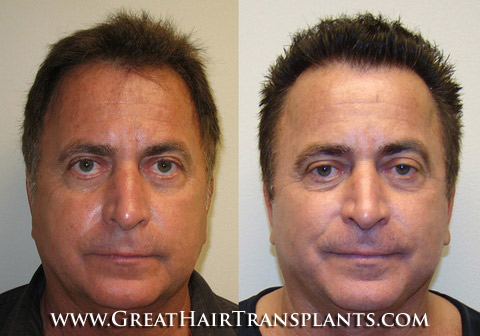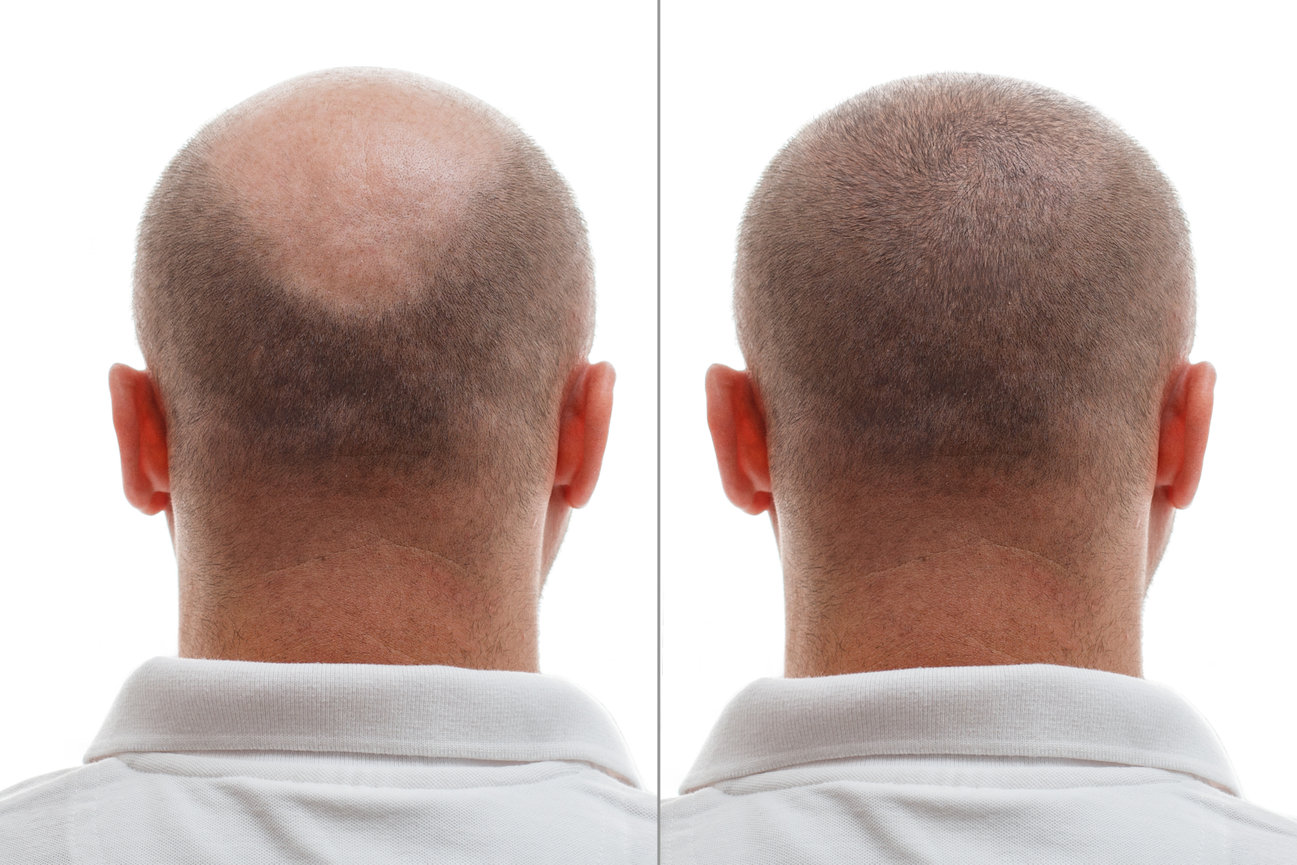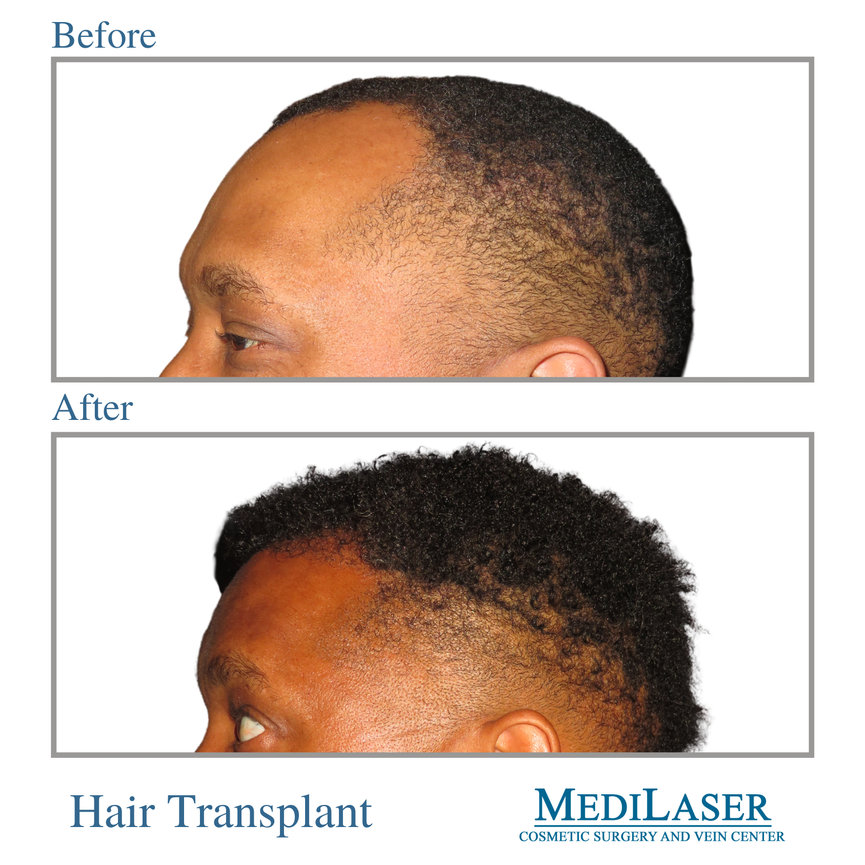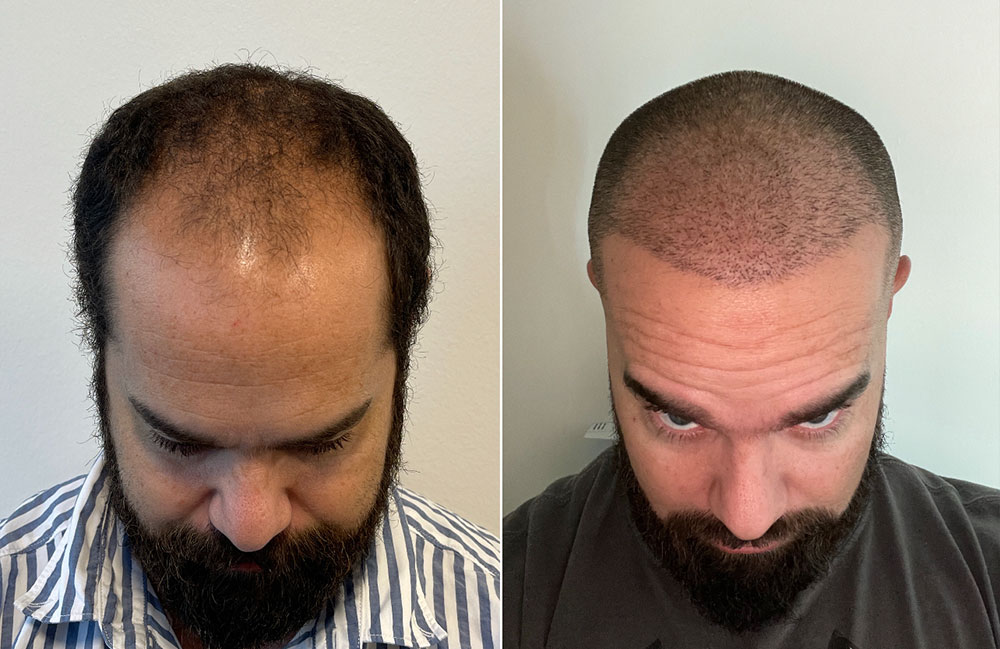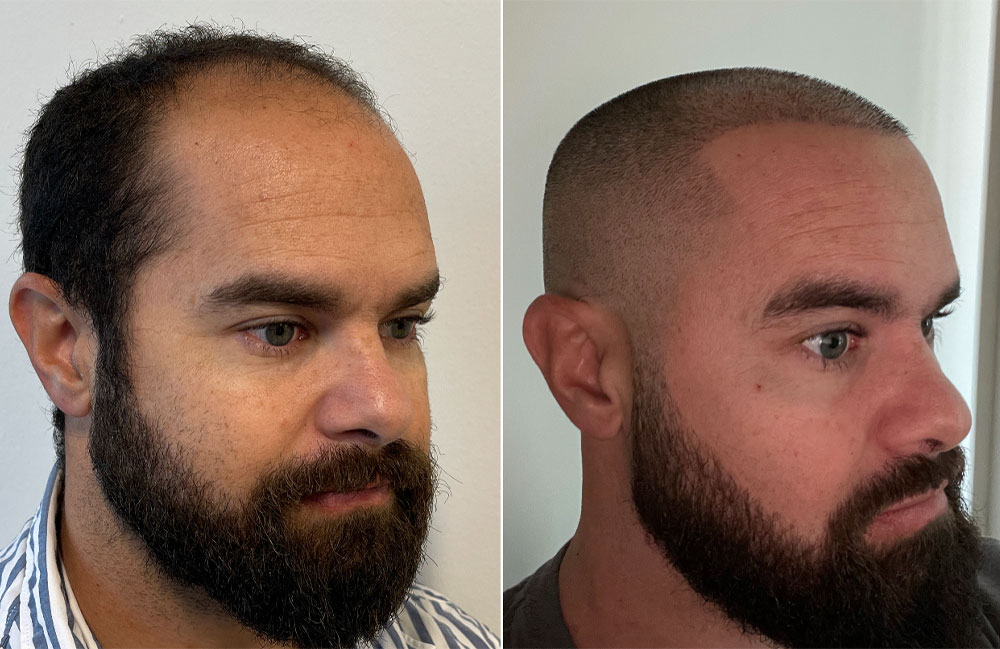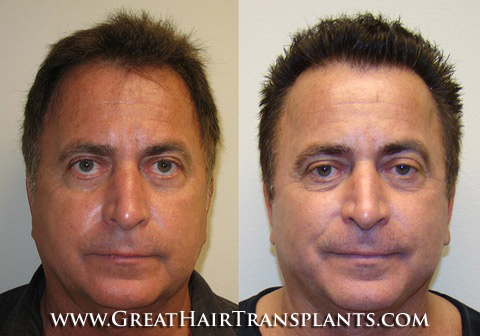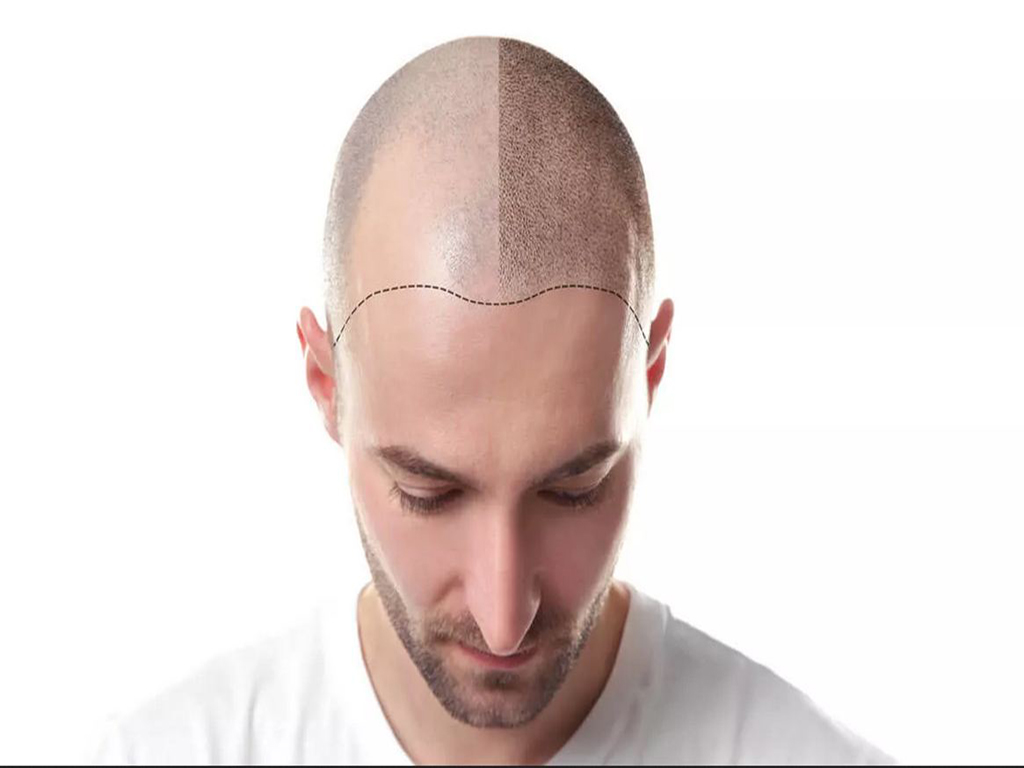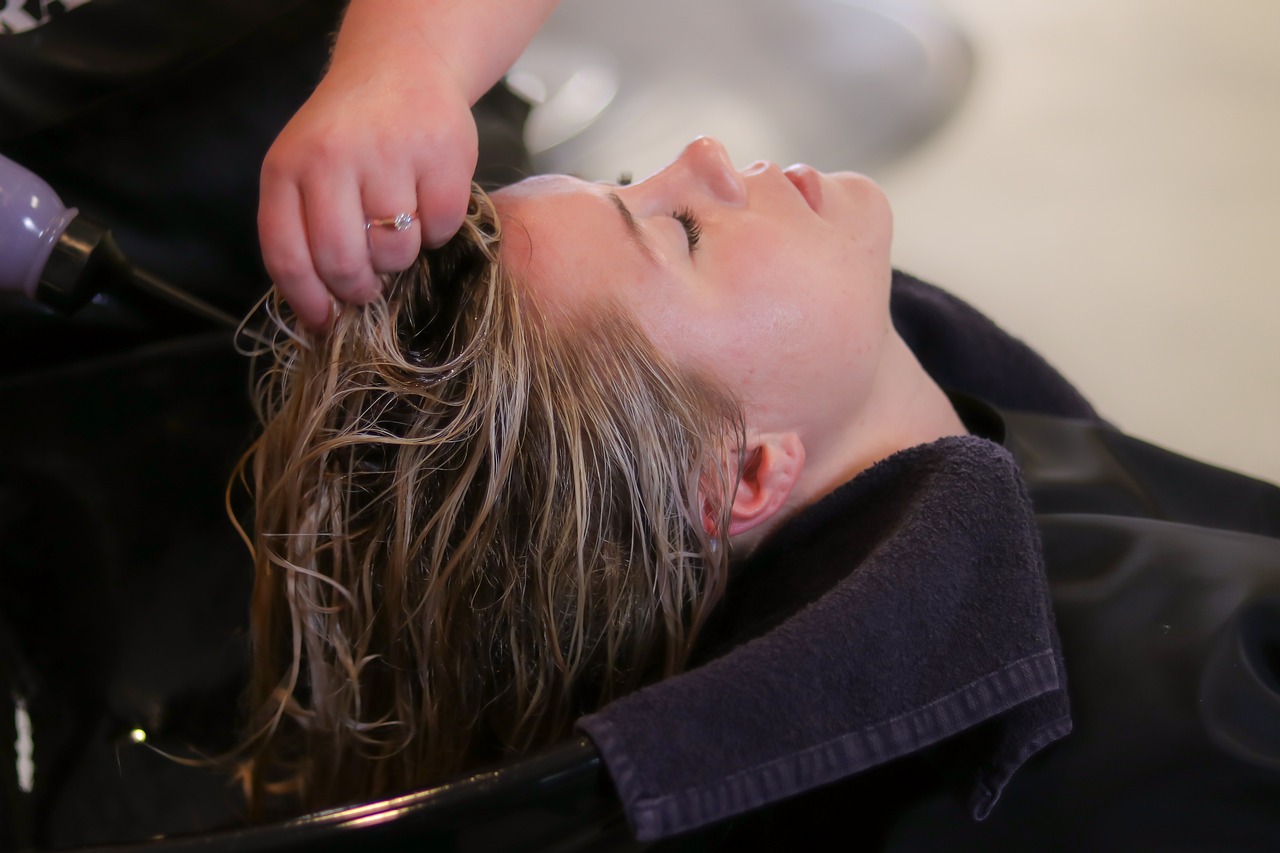Hair Transplant Chandler Arizona
Imagine living in Chandler, Arizona, and struggling with hair loss. It can be a frustrating and confidence-denting experience. However, there is hope! Introducing Hair Transplant Chandler Arizona, a state-of-the-art clinic dedicated to helping you regain your luscious locks and feel like your best self again.
With their expertise and cutting-edge techniques, they are committed to providing top-notch hair transplant solutions tailored to your unique needs. Say goodbye to hair loss worries and hello to a revitalized mane, all in the wonderful city of Chandler, Arizona.
What is a Hair Transplant?
Definition and Explanation
Hair transplant is a surgical procedure designed to restore hair growth in areas of the scalp with thinning or no hair. It involves the transfer of hair follicles from a donor area, usually the back or sides of the head, to the recipient area. The transplanted hair follicles are carefully implanted into the bald or thinning areas, resulting in natural-looking hair growth.
Types of Hair Transplant Procedures
There are two main types of hair transplant procedures: follicular unit transplantation (FUT) and follicular unit extraction (FUE).
FUT involves harvesting a strip of hair-bearing skin from the donor area and then dissecting it into individual hair follicles for transplantation. The donor area is then closed using sutures or staples.
On the other hand, FUE involves extracting individual hair follicles directly from the donor area using a small punch tool. The follicles are then carefully implanted into the recipient area. FUE is less invasive and leaves minimal scarring compared to FUT.
Choosing a Hair Transplant Surgeon
Importance of Research
Choosing the right hair transplant surgeon is crucial for successful and satisfactory results. Conducting thorough research is essential to ensure that you make an informed decision. Look for reputable surgeons who specialize in hair transplant procedures and have a good track record of successful surgeries.
Credentials and Experience
When researching potential hair transplant surgeons, pay attention to their credentials and experience. Look for board-certified surgeons who have undergone specialized training in hair transplant techniques. Additionally, consider the number of years the surgeon has been performing hair transplant procedures and the number of successful surgeries they have completed.
Before and After Photos
Before and after photos provide visual evidence of a surgeon’s skills and expertise. Please browse through the surgeon’s portfolio to see the results of their past hair transplant surgeries. This will give you an idea of the quality of their work and help you assess whether their aesthetic approach aligns with your desired outcome.
Patient Testimonials
Reading patient testimonials is another way to gauge the reputation of a hair transplant surgeon. Look for reviews and testimonials from previous patients to get insights into their experiences. Positive testimonials can give you confidence in the surgeon’s abilities and their dedication to patient care.
Initial Consultation
Purpose of Consultation
The initial consultation is a crucial step in the hair transplant process. It provides an opportunity for the surgeon and the patient to discuss expectations, assess the patient’s suitability for the procedure, and develop a personalized treatment plan. The purpose of the consultation is to ensure a clear understanding of the procedure, address any concerns or questions, and establish realistic goals.
Assessment of Hair Loss
During the consultation, the surgeon will assess the extent of your hair loss and the condition of your donor area. They will examine the density, texture, and quality of your hair to determine the feasibility of the transplant. The assessment will help the surgeon determine the number of hair follicles needed for transplantation and the overall treatment plan.
Determining the Suitable Hair Transplant Technique
Based on the assessment and your specific needs, the surgeon will recommend the most suitable hair transplant technique for you. They will explain the advantages and disadvantages of each method and discuss how they align with your desired outcome. Factors such as the extent of hair loss, availability of donor hair, and desired density will influence the recommendation.
Discussion of Expectations and Risks
During the consultation, it is vital to have an open and honest discussion about your expectations and the potential risks involved in the hair transplant surgery. The surgeon will provide detailed information about the expected outcome, possible complications, and any limitations of the procedure. This discussion will help manage your expectations and ensure that you fully understand the risks involved.
Cost and Financing Options
The cost of a hair transplant procedure varies depending on factors such as the extent of hair loss, the number of grafts required, and the chosen surgeon. During the consultation, the surgeon will provide a detailed cost estimate, including all associated fees. They will also discuss financing options, if available, to help you plan for the financial aspect of the surgery.

Preparing for Hair Transplant Surgery
Pre-Surgery Instructions
The surgeon will provide you with pre-surgery instructions to follow in the days leading up to the procedure. These instructions may include guidelines on avoiding certain medications, such as blood thinners, that can increase the risk of bleeding during the surgery. You may also be advised to stop smoking and refrain from alcohol consumption to promote better healing.
Medications to Avoid
Certain medications and supplements can interfere with the hair transplant surgery or affect the healing process. It is essential to inform your surgeon about any prescription medications, over-the-counter drugs, or herbal supplements you are currently taking. The surgeon will provide a list of medicines to avoid before the surgery to ensure your safety and optimize the success of the procedure.
Hair Care Instructions
Proper hair care leading up to the surgery is essential. The surgeon may recommend specific instructions on how to wash and prepare your hair before the procedure. These instructions may include avoiding the use of hair products, such as gels or sprays, that can interfere with the surgery. Following the hair care instructions will ensure a clean and optimal surgical environment.
Arranging Transportation
On the day of the surgery, it is vital to have transportation arrangements in place. Since you will be receiving anesthesia during the procedure, it is not safe for you to drive yourself home afterward. Arrange for a friend or family member to accompany you and ensure a secure and comfortable journey to and from the clinic.
The Day of Hair Transplant Surgery
Arrival at the Clinic
On the day of the hair transplant surgery, arrive at the clinic at the scheduled time. The clinic staff will welcome you and guide you through the process, ensuring your comfort and answering any last-minute questions you may have. They will provide you with a gown or surgical attire to change into before the procedure begins.
Signing Consent Forms
Before the surgery, you will be required to sign consent forms. These forms outline the details of the procedure, the potential risks involved, and your agreement to undergo the surgery. Take the time to thoroughly read and understand the consent forms before signing them. If you have any concerns or questions, the surgeon will be available to address them.
Anesthesia Administration
To ensure your comfort during the hair transplant surgery, anesthesia will be administered. The type of anesthesia used may vary depending on the surgeon’s recommendation and your preferences. Local anesthesia is commonly used, which numbs the scalp and minimizes discomfort during the procedure. A skilled anesthesiologist or nurse will perform the anesthesia administration under the supervision of the surgeon.
Donor Area Preparation
Once the anesthesia takes effect, the surgeon will begin preparing the donor area. For FUT procedures, a strip of hair-bearing skin will be carefully removed from the back or sides of your head. The surgeon will then close the donor area using sutures or staples. For FUE procedures, individual hair follicles will be extracted directly from the donor area using a small punch tool.
Harvesting the Hair Follicles
After the donor area is prepared, the surgeon will harvest the hair follicles for transplantation. Using specialized microscopes and instruments, the surgeon and their team will carefully dissect the strip of hair-bearing skin or extract individual follicles. This process requires precision to ensure the viability and survival of the hair follicles for transplantation.
Recipient Area Preparation
Simultaneously with the harvesting of hair follicles, the recipient area will be prepared for transplantation. The surgeon will make tiny incisions or recipient sites in the bald or thinning areas of the scalp. The size, angle, and density of the recipient sites will be meticulously planned and executed to ensure natural-looking results.
Transplanting the Hair Follicles
Once the recipient area is prepared, the surgeon will begin transplanting the harvested hair follicles. Each hair follicle is carefully placed into the recipient sites to ensure proper alignment, angle, and density. This meticulous process requires skill and precision to achieve optimal results. The surgeon and their team will work diligently to complete the transplantation process.
Post-Procedure Care Instructions
After the transplantation is complete, the surgeon will provide you with specific post-procedure care instructions. These instructions may include guidelines on how to clean and care for the transplanted area, as well as any medications or topical treatments to apply. It is essential to follow these instructions closely to promote proper healing and minimize the risk of complications.
Recovering from Hair Transplant Surgery
Immediate Post-Surgery Care
In the immediate hours following the hair transplant surgery, you may experience some discomfort, swelling, and redness in the transplanted and donor areas. The clinic staff will provide you with pain medication and instructions on how to manage any discomfort. You may also be advised to use a cold compress or ice pack to reduce swelling.
Restricted Activities and Lifestyle Modifications
During the initial recovery period, it is essential to make certain lifestyle modifications to promote proper healing. You may be advised to avoid strenuous activities, such as exercise or heavy lifting, that can increase blood flow to the scalp and potentially dislodge the transplanted hair follicles. It is also essential to protect your scalp from sunlight and wear a hat or sunscreen when outdoors.
Managing Discomfort and Swelling
Discomfort and swelling are common side effects of hair transplant surgery. The surgeon may prescribe pain medication or recommend over-the-counter pain relievers to manage any discomfort. It is essential to avoid scratching or rubbing the transplanted area, as this can disrupt the healing process and result in complications. If you have any concerns about the discomfort or swelling, contact your surgeon for guidance.
Hair Care Instructions for the First Week
In the first week following the surgery, you will receive specific hair care instructions to follow. These instructions may include guidelines on how to gently cleanse the transplanted area, apply topical treatments, and avoid certain hair care practices. It is essential to carefully follow these instructions to ensure the best possible outcome and avoid any damage to the newly transplanted hair follicles.
Follow-up Appointments
After the hair transplant surgery, you will be scheduled for follow-up appointments with your surgeon. These appointments are crucial for assessing the progress of your healing and monitoring the growth of the transplanted hair follicles. The surgeon will examine the transplanted area, address any concerns or questions you may have, and provide recommendations for ongoing care and maintenance.
Results and Long-Term Care
Understanding the Hair Growth Cycle
To fully appreciate the results of your hair transplant surgery, it is essential to understand the hair growth cycle. Hair grows in cycles, with each hair follicle going through growth, rest, and shedding phases. The transplanted hair follicles will initially shed their hair before entering the new growth phase. Patience is key, as it takes time for the transplanted hair to grow and achieve its full potential.
Expected Timeline for Hair Growth
Hair transplant results vary from person to person and depend on several factors. Generally, newly transplanted hair begins to grow within 3-4 months of the surgery. However, the full results may take up to a year or more to become apparent. The timeline for hair growth can be influenced by individual factors such as genetics, overall health, and adherence to post-surgery care instructions.
Long-Term Hair Care Routine
To maintain the results of your hair transplant surgery, it is essential to establish a long-term hair care routine. This may include regular shampooing and conditioning, avoiding harsh hair treatments or styling products, and protecting your scalp from excessive heat or sunlight. Your surgeon can provide specific recommendations tailored to your hair type and the outcome of the transplant.
Additional Treatments and Maintenance Options
In some cases, additional treatments or maintenance options may be recommended to complement the results of your hair transplant surgery. These may include laser therapy, medication, or platelet-rich plasma (PRP) treatments to promote hair growth and improve overall hair health. Your surgeon can discuss these options with you and determine the best course of action based on your individual needs.
Possible Complications and Risks
Bleeding and Infection
Like any surgical procedure, hair transplant surgery carries some risks. While the risks are generally minimal, bleeding and infection are possible complications. However, following proper post-procedure care instructions and keeping the surgical area clean can significantly reduce the risk of these complications. If you experience persistent bleeding or signs of infection, contact your surgeon immediately.
Scarring and Keloid Formation
Scarring and keloid formation can occur at the donor and recipient sites. However, with FUE procedures, scarring is minimal and less noticeable compared to FUT procedures. Keloid formation is more common in individuals with a history of keloid scarring. Discuss your scarring tendencies with your surgeon during the initial consultation to develop an appropriate treatment plan.
Shock Loss
Shock loss is a temporary condition that can occur after hair transplant surgery. It refers to the shedding of native hairs in the recipient area due to the trauma of the surgery. While this can be concerning, it is a regular part of the hair growth cycle. The transplanted hair follicles remain intact and will eventually regrow new hair. Patience is key, as the shock loss usually resolves within a few months.
Numbness and Sensation Changes
Some individuals may experience temporary numbness or changes in sensation in the scalp following hair transplant surgery. This is usually a result of the nerves being temporarily disrupted during the procedure and typically resolves within a few weeks or months. If you have any concerns about numbness or sensation changes, consult with your surgeon for further evaluation and guidance.
Hair Transplant Cost and Insurance
Factors Affecting Hair Transplant Cost
The cost of a hair transplant procedure can vary depending on several factors. The extent of hair loss, the number of grafts required, the chosen surgeon’s fees, the location of the clinic, and any additional treatments or services can all influence the overall cost. During the initial consultation, the surgeon will provide a detailed cost estimate based on your individual needs and desired outcome.
Insurance Coverage for Hair Transplant
In most cases, hair transplant surgery is considered a cosmetic procedure and is not covered by insurance. Insurance companies typically do not provide coverage for procedures that are purely aesthetic in nature. However, it is essential to check with your insurance provider to understand their specific policies and determine if there are any exceptions or coverage options available.
Finding Hair Transplant Clinics in Chandler, Arizona
Online Research and Directories
The internet is a valuable resource for finding hair transplant clinics in Chandler, Arizona. Utilize online research and directories to identify reputable clinics in the area. Look for clinics with positive reviews, extensive experience, and a strong track record in performing successful hair transplant procedures. Pay attention to the reputation and credentials of the surgeons associated with the clinics.
Doctor Referrals and Recommendations
Word-of-mouth recommendations can be invaluable in finding a reputable hair transplant surgeon. Please consult with your primary care physician or dermatologist and ask for their recommendations. They may have colleagues or contacts within the field who can provide referrals to reputable surgeons in Chandler, Arizona. Additionally, reach out to friends, family, or acquaintances who have undergone hair transplant surgery and ask for their recommendations.
Patient Support Groups
Patient support groups can be a valuable resource for finding information and recommendations on hair transplant clinics in Chandler, Arizona. Join online forums or groups dedicated to hair loss and hair transplant experiences. Engage in discussions, ask for recommendations, and share your concerns. Fellow patients can provide insights, suggestions, and guidance based on their personal experiences.
Consultation and Facility Visits
Once you have identified potential hair transplant clinics in Chandler, Arizona, schedule consultations with the surgeons to assess their suitability and expertise. During the consultations, pay attention to the overall cleanliness and professionalism of the clinic. Observe the staff’s interaction with patients and ask questions about the surgeon’s experience, success rates, and available techniques. Take the time to visit each facility and weigh your options before making a final decision.
Hair transplant surgery is a viable solution for individuals experiencing hair loss or thinning. With careful research and consideration, choosing the right hair transplant surgeon can help you achieve natural-looking and satisfactory results.
Understanding the different types of hair transplant procedures, preparing for the surgery, and following proper post-procedure care instructions are crucial for successful outcomes. It is essential to be aware of the possible complications and risks associated with the procedure, as well as the cost and insurance considerations. By taking the time to find a reputable hair transplant clinic and working closely with your surgeon, you can embark on a journey towards regaining your confidence and a fuller head of hair in Chandler, Arizona.
Weather In Chandler, Arizona
Here is one Hair Transplant Chandler Arizona
Hair Transplant Chandler Arizona
Hair 4 Life Medical
Hair transplantation clinic
Scottsdale, AZ, United States +1 480-525-4547
Robotic Hair Rx
Hair transplantation clinic
Tempe, AZ, United States +1 480-597-3488
SladekSMP- Chandler/Scottsdale
Hair replacement service
Chandler, AZ, United States +1 480-866-9500
===========
Content 10/10/G


